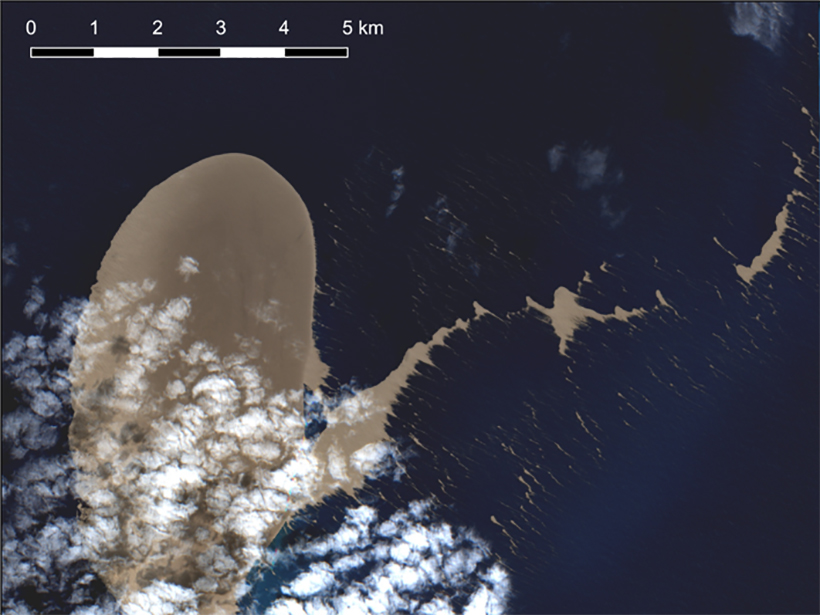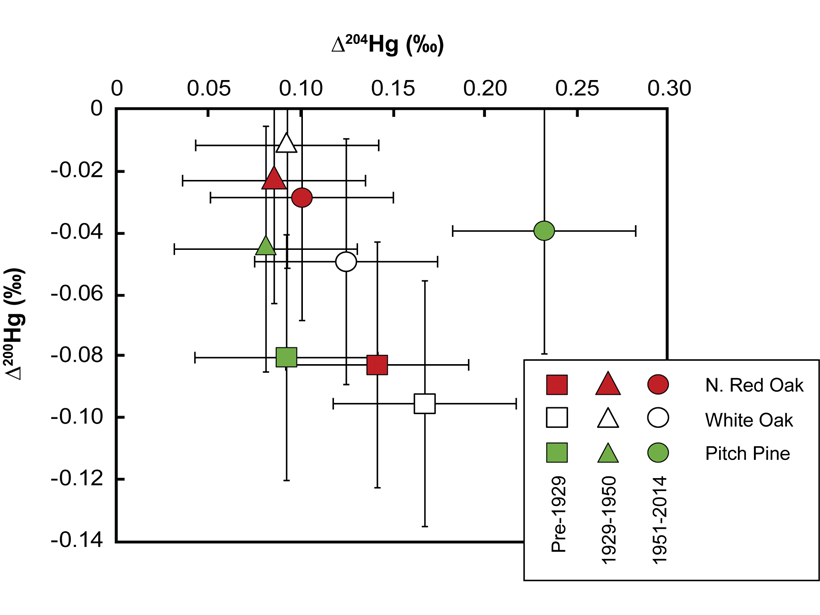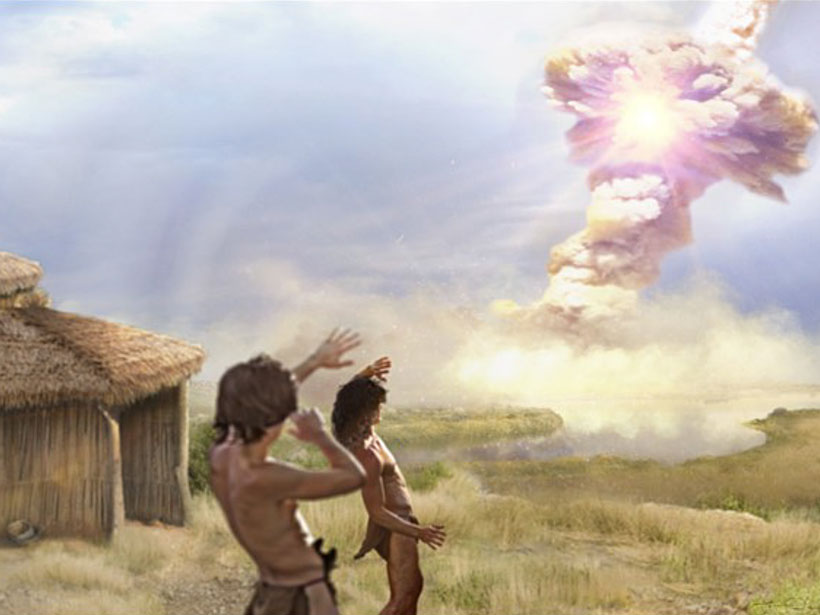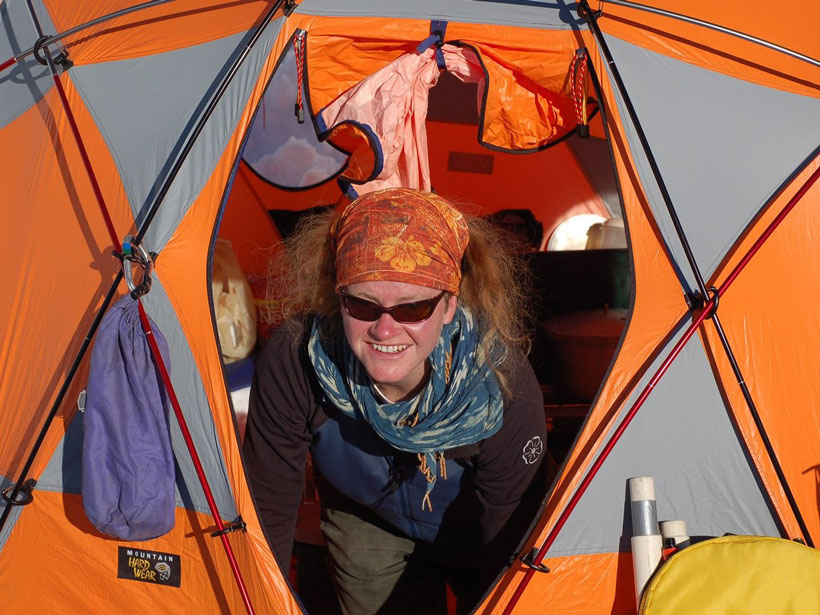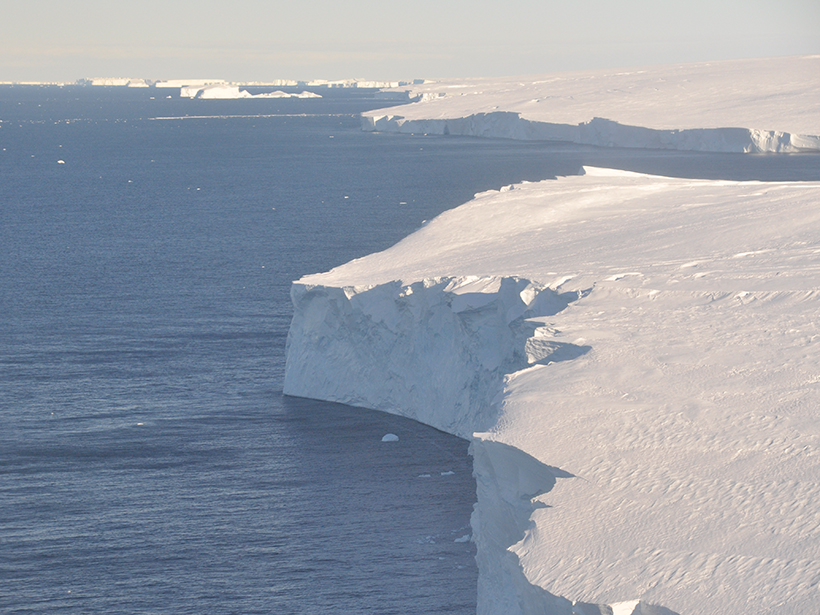Satellite data helped scientists locate the volcanic source of a pumice raft floating in the South Pacific Ocean, illustrating their promise in locating and monitoring undersea eruptions.
CC BY-NC-ND 2020
Trees Are Watching Us and Our Actions
Annual growth rings in trees tell us more than climate history; they can also document the rise and fall of human industrial activities.
Armageddon at 10,000 BCE
Fragments of a comet likely hit Earth 12,800 years ago, and a little Paleolithic village in Syria might have suffered the impact.
Erin Pettit: Glaciologist, Artist, Mentor
Between research trips to Antarctica and the Arctic, Pettit regularly leads art- and science-focused wilderness expeditions for young women.
Toward Forecasting Crop Productivity and Carbon Flux Anomalies
Quantifying reductions in U.S. Midwest crop productivity and carbon uptake due to 2019 flooding using combined satellite observations of solar-induced chlorophyll fluorescence and atmospheric CO2.
Lost in the Everglades
Living in Geologic Time: An unintentional adventure in the River of Grass shows how Florida has changed dramatically over 15,000 years of human habitation.
“Terremotos Glaciales” Vistos por Primera Vez en Thwaites
Estos eventos sísmicos, provocados por los icebergs que se vuelcan y chocan contra Thwaites, revelan que el glaciar ha perdido parte de su plataforma flotante de hielo.
Leveraging Satellite Sensors for Oil Spill Detection
By using multiple remote sensors, scientists can quickly estimate the nature and thickness of oil spills—important factors for containment efforts.
Predicting Fast Moving Flash Droughts
A cross-disciplinary consortium of scientists works to monitor droughts that develop in as little as 2 weeks—whose frequencies are predicted to increase with climate change.
Deepwater Horizon and the Rise of the Omics
Microbial genomics techniques came of age following the Deepwater Horizon spill, offering researchers unparalleled insights into how ecosystems respond to such environmental disasters.

